10 of the greatest slap bass players you need to hear
Featuring Marcus Miller, Bootsy Collins and more
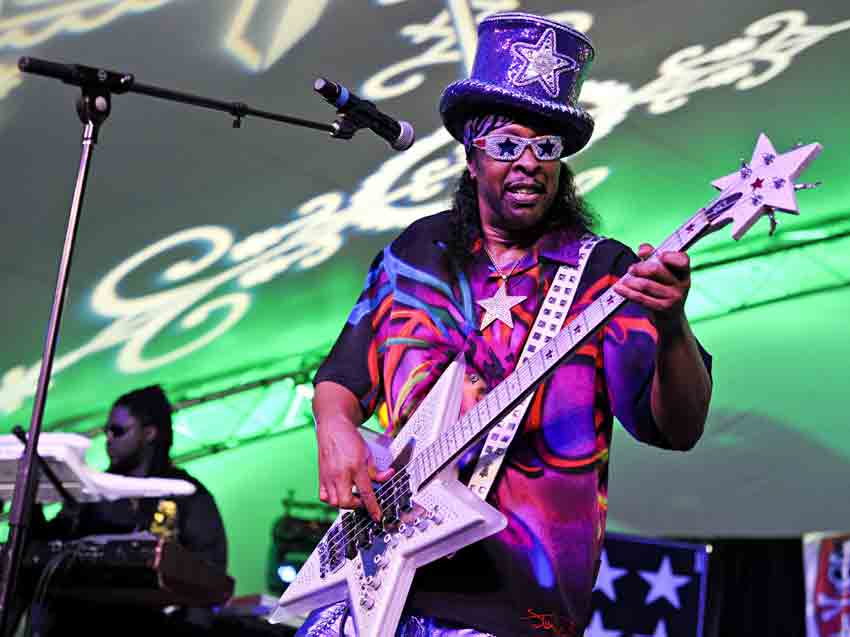
Introduction
BASS EXPO 2014: Slap bass is a sure fire way of introducing some red hot funk and groove into your playing style. There are scores of cool slap bass players out there, but who are the truly great ones?
In this feature, we round up 10 of the best slap bassists to have laid down stone cold grooves and sizzlin' technique on some of music's biggest and best loved tracks.

Stanley Clarke
Taking Larry Graham's thumpin' and pluckin' and refining it to his own style, Stanley Clarke is another pioneering slap bassist who started out providing the low end for Art Blakey, Gil Evans, Horace Silver and Stan Getz among others.
It was his groundbreaking fusion work with Chick Corea’s Return To Forever that gained him widespread acclaim, though, before releasing the seminal solo bass album School Days.
Check out Silly Putty from Stanley's 1975 solo album Journey To Love for a prime example of his percussive, rubbery, funk slap style.
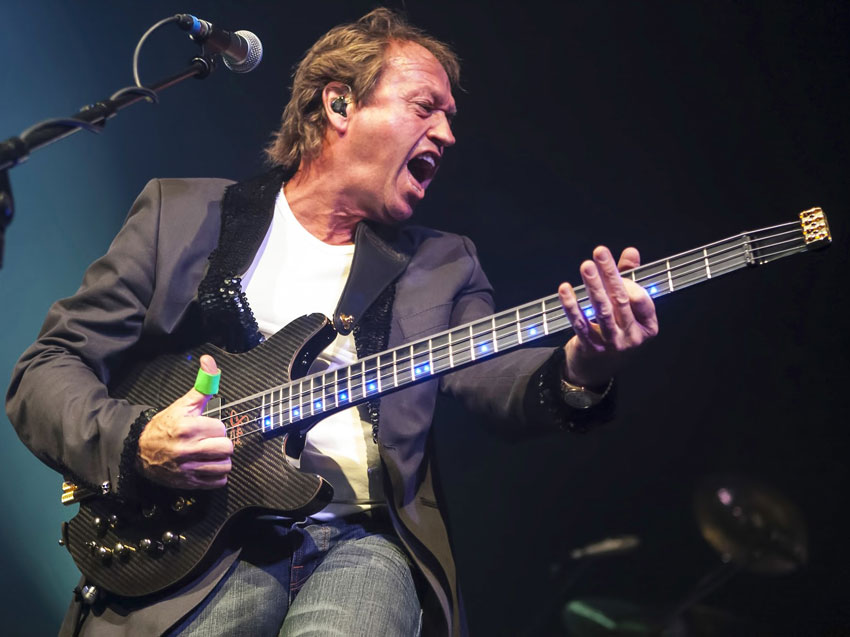
Mark King
The guy who put the slap in pop during the 80s, Mark King did it all while fronting Level 42.
Check out Lessons In Love for a classic example of King's slap technique - the constant bah bah bah rhythm demonstrating his ability to take a more mechanical, sequencer style approach.
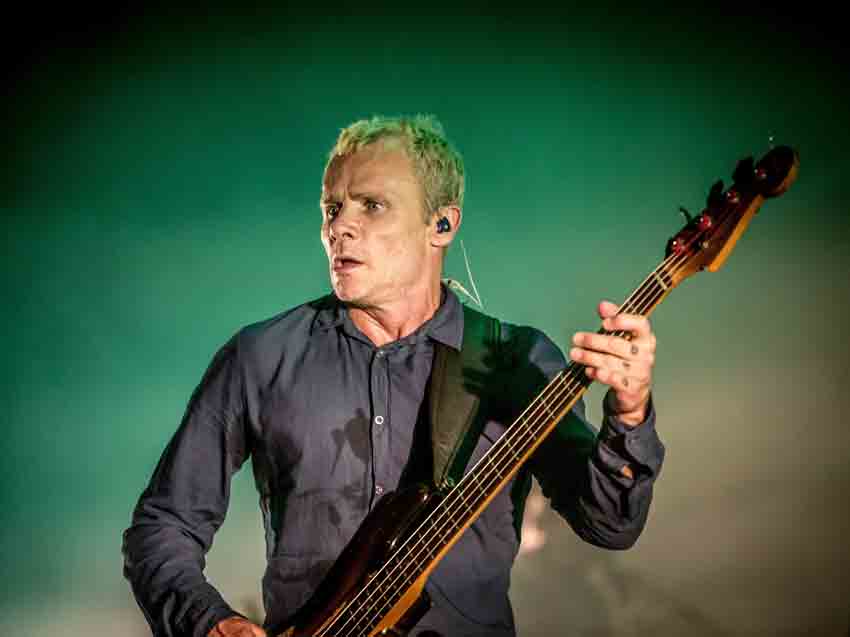
Flea
While many consider Flea's slap style to be simplified and loose, let's not forget that he's given at least three generations of players a use for their thumbs.
If you're thinking of learning slap, Flea's style is a great place to start: from the opening thumps on RHCP' cover of Stevie Wonder's Higher Ground, through to the slower rock groove of Suck My Kiss, and on to more complex parts like those found on Aeroplane and Get On Top. Flea's not the fastest slapper, but he's definitely one of the most melodic and tasteful.

Bootsy Collins
Having kick-started his career as part of James Brown's backing band (The JBs), Bootsy readily carved his name into the tomes of funk bass playing.
His relatively slap free tenure under Brown only lasted eleven months before he went on to provide the low end for the bombastic style of Parliament and Funkadelic.
Bootsy's style oozes sleazy funk, mixing slap with envelope filters/wah and fuzzy distortion. Without him, there would be no P-Funk, no G-Funk, and the world of slap bass would be a lot less pimpin'.
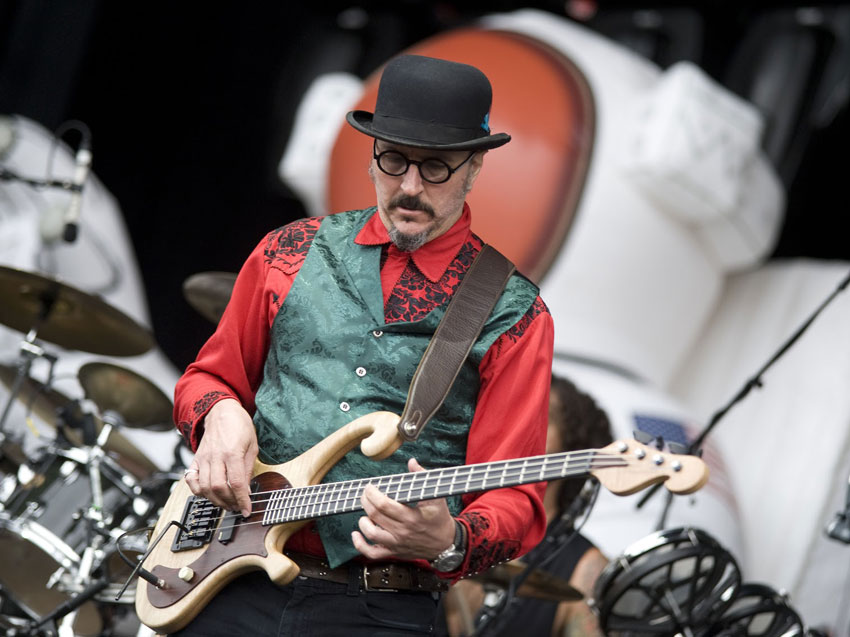
Les Claypool
The bastard son of Frank Zappa - both visually and stylistically - you probably know Les Claypool and Primus' music best from the South Park Theme and those weed fuelled Tony Hawk's Pro Skater marathons on the Playstation.
However, Claypool's slap style on tunes like Tommy The Cat is a pure relentless funk rock blast, incorporating busy, almost constant sixteenth notes, chords and even strumming.
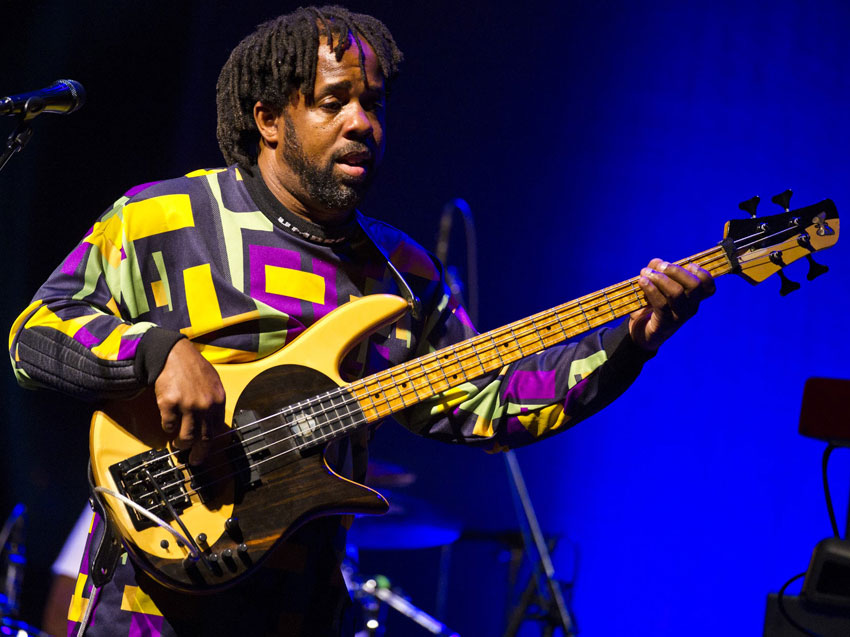
Victor Wooten
We don’t fancy Victor Wooten's chances as a rapper (check out Me & My Bass Guitar for the proof). That's just as well because V-Dubbya has given slap bass a whole lot more.
Famous for his mesmerizing double and triple-slap techniques, Wooten can magically draw notes from one movement in the most economical way.
Dig beneath the speed and you will find great tone, a complex sense of melody, and more reserve than you might have thought. Listen to his arrangement of Amazing Grace, his work with Bela Fleck and The Flecktones, plus his collaborations with Flecktones and Dave Matthews Band drummer Carter Beauford if you're not convinced.
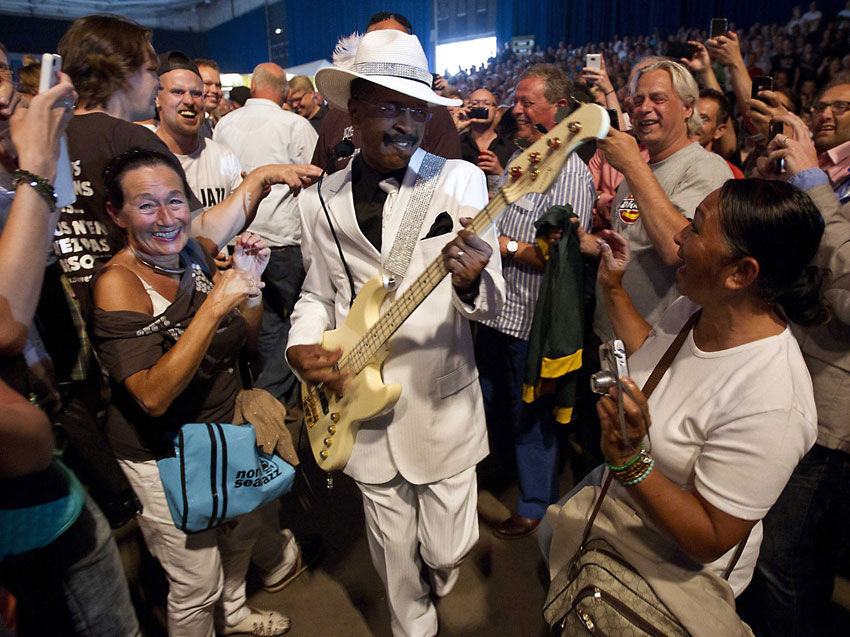
Larry Graham
It's widely agreed that when it comes to slapping on an electric bass, Larry Graham started it all. Legend has it that he developed his distinctive style - which he calls thumpin' and pluckin' - to add a percussive element to his drummer-less band.
Having found success with Sly & The Family Stone, Graham later went on to release solo albums, plus recordings with his band Graham Central Station. It's fair to say that every bass player in this list has been influenced by Graham's playing on tracks like Pow, The Jam, Earthquake, Now Do U Wanta Dance, and hundreds more.
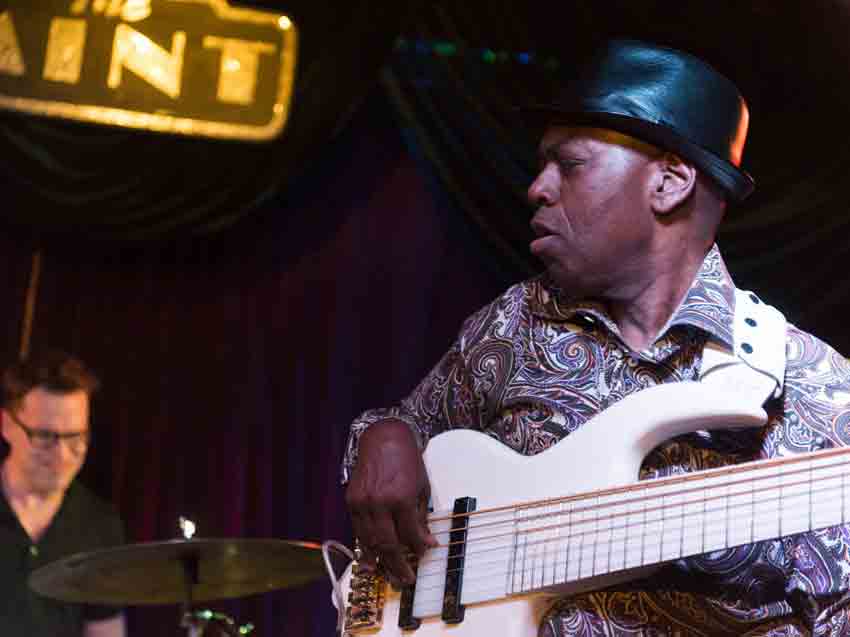
Bill 'The Buddah' Dickens
Arguably the least well known in this list, Buddah is the man Wooten looked to when he wanted to get slap happy.
Buddah has performed with technical and pop heavyweights like Pat Metheny, Al Di Meola, Chaka Khan, George Michael and Janet Jackson, but it's his own brand of speed funk that sees him get nasty.
Nine string basses, triple-slapping and a whole lot of speed are his MO. If you've never heard (or seen) him play, we urge you to check him out.
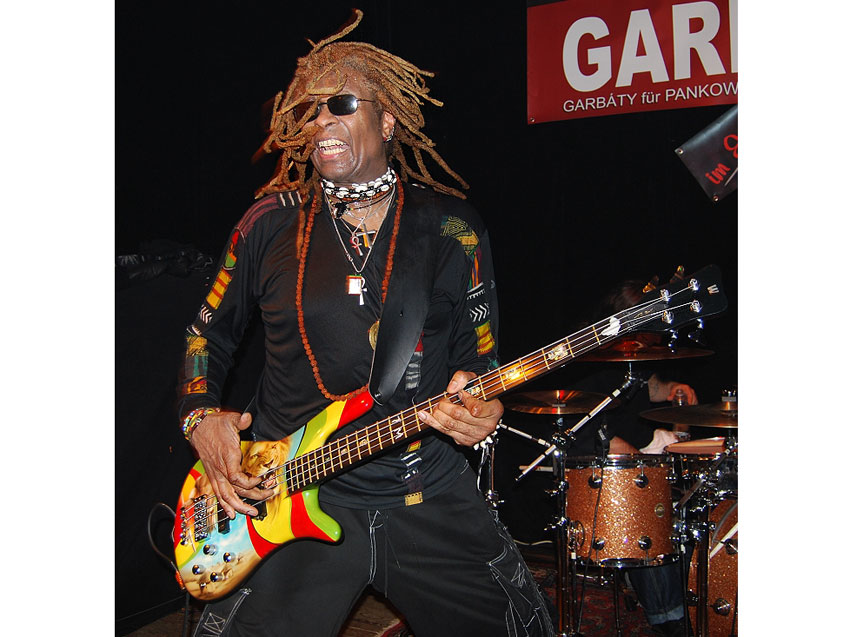
TM Stevens
Cut him and TM Stevens oozes funk. With a CV that most bassists would sacrifice a thumb for (Steve Vai, James Brown, The Headhunters, Billy Joel, The Pretenders) Stevens has a more classic slap style than some of his contemporaries, employing drum rudiment style slap patterns to tight funk grooves.
He's also spent a lot of time helping to educate the next generation of bassists with his inspirational positivity and bombastic style at clinics and shows worldwide.
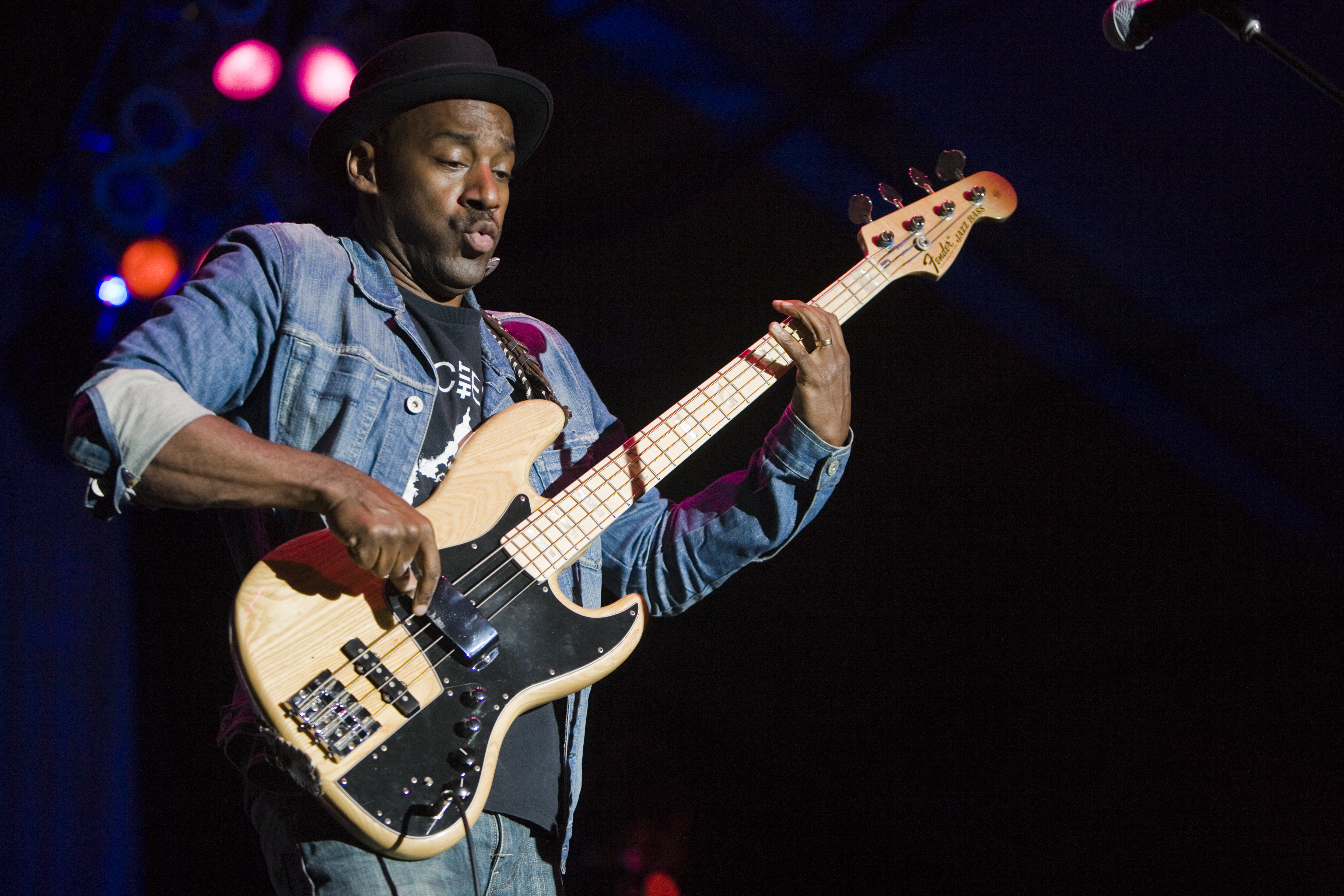
Marcus Miller
Slap bass doesn’t always have to be played at fast tempos, as the man in the pork pie hat has proven many a time.
Marcus Miller's smooth, jazz tinged, funky neo soul grooves give you a chance to soak up his awesome punchy slap tone, right before he unleashes a blur of notes that will leave you wondering if there's anything he can't do.

I'm a freelance member of the MusicRadar team, specialising in drum news, interviews and reviews. I formerly edited Rhythm and Total Guitar here in the UK and have been playing drums for more than 25 years (my arms are very tired). When I'm not working on the site, I can be found on my electronic kit at home, or gigging and depping in function bands and the odd original project.
“I can write anything... Just tell me what you want. You want death metal in C? Okay, here it is. A little country and western? Reggae, blues, whatever”: Yngwie Malmsteen on classical epiphanies, modern art and why he embraces the cliff edge
“You're by far the best guy that we've tried. I would love to have you in the band”: So why did Trent Reznor turn down Richie Kotzen for Nine Inch Nails?
“I can write anything... Just tell me what you want. You want death metal in C? Okay, here it is. A little country and western? Reggae, blues, whatever”: Yngwie Malmsteen on classical epiphanies, modern art and why he embraces the cliff edge
“You're by far the best guy that we've tried. I would love to have you in the band”: So why did Trent Reznor turn down Richie Kotzen for Nine Inch Nails?









